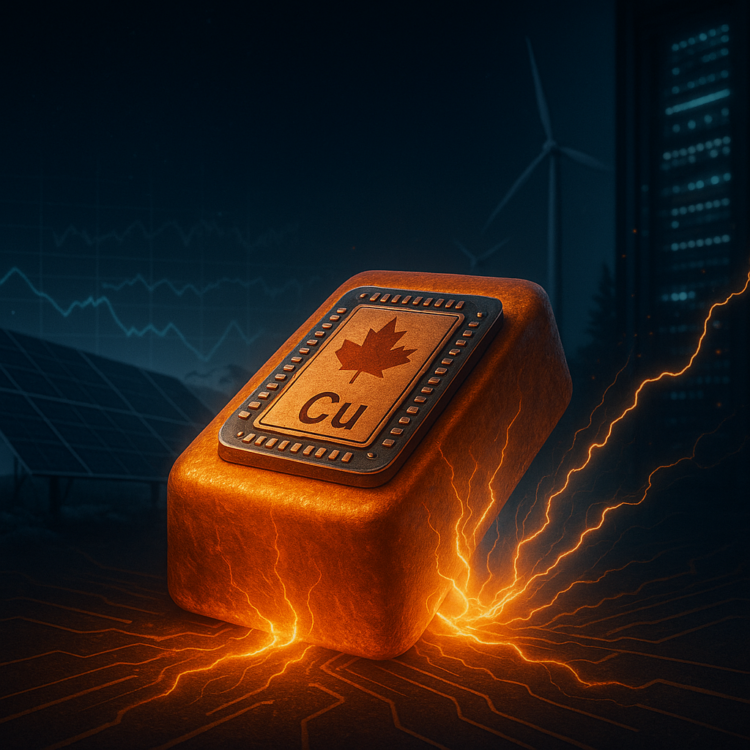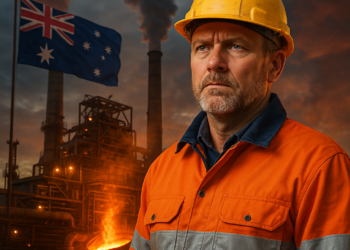Copper prices may experience some near-term softness as tariffs and slower US consumption weigh on demand, but the longer-term outlook is increasingly bullish as artificial intelligence and electrification reshape global markets. Analysts and hedge fund research point to copper’s unique role in digital infrastructure and energy transition as a foundation for rising prices through the next decade.
Market Balance
Forecasts suggest a modest copper surplus of just over 120,000 tonnes in 2026, reflecting short-term demand pressures in the United States. Average tariffs are at multi-decade highs, and household consumption is expected to ease slightly. Copper was trading at $4.62 per pound on Wednesday, with analysts expecting an average of $3.65 per pound in 2026.
While these headwinds may weigh temporarily, the scale of future demand tied to artificial intelligence and grid modernization is expected to overwhelm supply. From 2027 onward, deficits are projected to return and deepen through the end of the decade.
Structural Drivers
Research firms project copper to average $5.25 per pound in 2028 and reach $6 by 2030 as electrification accelerates. The expansion of power-hungry data centres, renewable energy systems, and energy storage technology all point to higher sustained demand. Deficits could reach more than 750,000 tonnes by 2030.
Copper’s unmatched conductivity ensures it remains critical for transmission lines, transformers, motors, and renewable installations. The push to build out digital and clean energy infrastructure globally reinforces copper’s central role.
Producers Positioned
Developers such as Hudbay Minerals ($HBM), Capstone Copper ($CS), and Lundin Mining ($LUN) are actively advancing projects to meet the demand curve. Hudbay is developing the Copper World project in Arizona while expanding its Peruvian operations. Capstone is increasing output at Pinto Valley and Cozamin with further growth in Chile. Lundin is pursuing integration and expansion across its assets in Chile, Michigan, and Argentina.
Large-cap producers including BHP ($BHP) and Freeport-McMoRan ($FCX) continue to commit significant capital to sustain long-term output. At the same time, supply risks tied to permitting and operational delays highlight the scarcity value of new production.
AI and Energy Storage
The scale of demand from artificial intelligence data centres is emerging as a powerful factor. Individual hyperscale facilities can require up to 50,000 tonnes of copper for wiring and cooling, with North American data centres expected to consume 10% of regional electricity within five years.
Global spending on server farms is already above $200 billion annually, with consulting groups projecting that figure could rise into the trillions in the 2030s. Battery energy storage systems, which now account for the majority of growth in lithium iron phosphate production in China, add another structural source of demand. By 2035, production of EV and storage batteries is expected to be on par.
Takeaway
Copper may experience a brief period of balance in 2026, but the weight of structural demand from electrification, storage, and AI suggests a sustained supply deficit as the decade progresses. For investors and producers alike, the opportunity lies in anticipating that turning point and positioning for a market that increasingly rewards those with scalable copper assets.

















